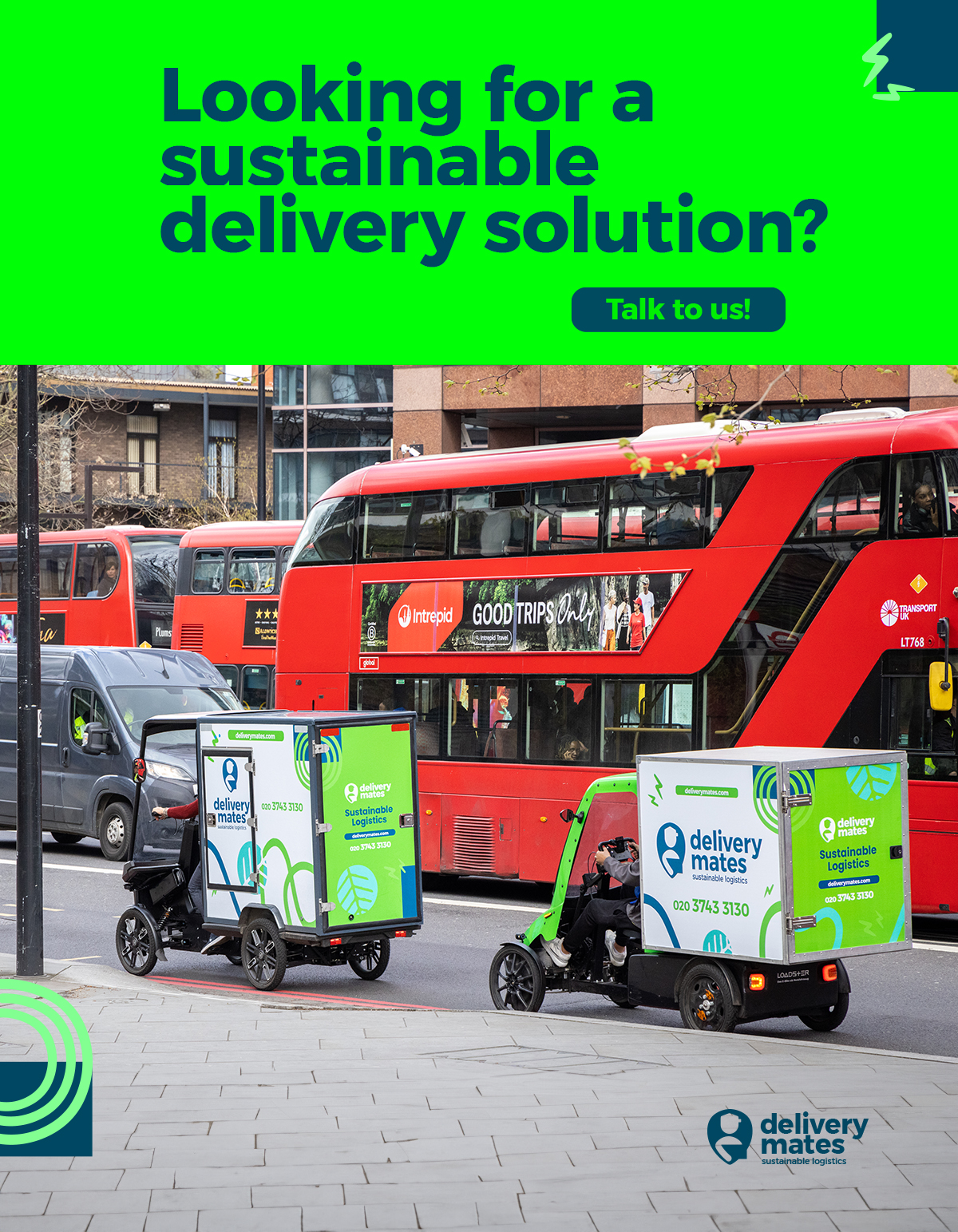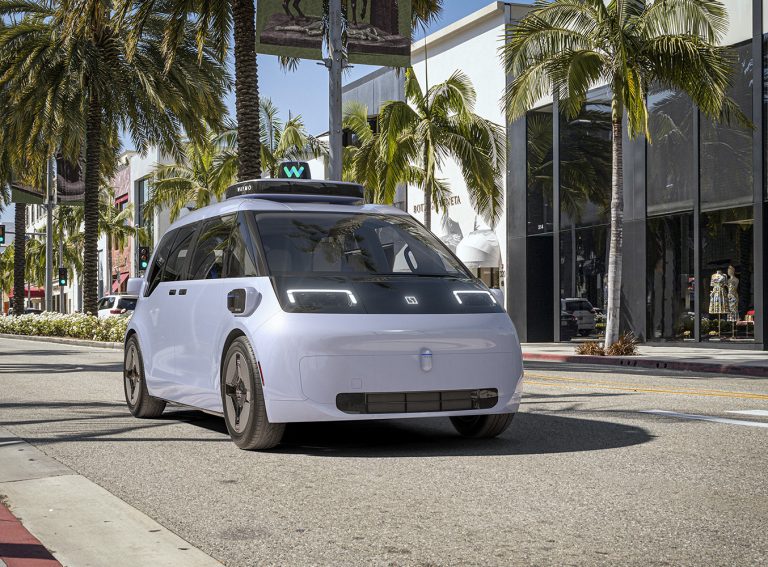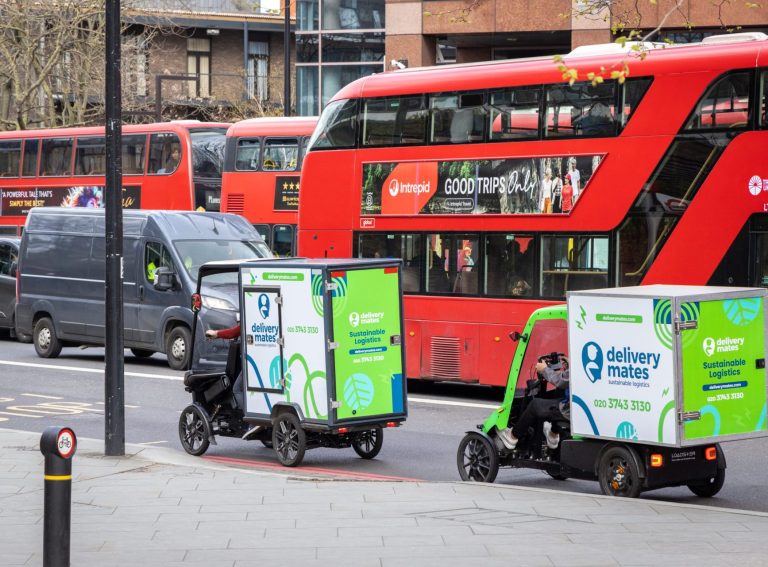Image Credit: Alejandro Perez, Unsplash
1.1 million future transportation patents were published between 2000 and 2023, a new report from the World Intellectual Property Organisation (WIPO) has found.
Future transportation refers to emerging technologies such as electric vehicles, autonomous systems, smart infrastructure and digital logistics.
With insights from EIT Urban Mobility, the report finds that the growth rate of future transportation patents exceeds that of traditional transport technologies such as combustion engines and catalytic converters.
Yoanne Le Petit, Thought Leadership Manager at EIT Urban Mobility and contributor of the report, highlights two key “megatrends” driving the growth: sustainability and digitalisation.
“The dynamism we see in terms of patents for future transport innovations is the result of both necessity and opportunity,” Yoann told Zag Daily. “On the one hand, the decarbonisation goals of major economies including the European Union have provided certainty to investors on the “direction of travel” and have spurred innovation in low and zero-emission technologies that are being adopted by a wider public.
“On the other hand, digitalisation has been a tremendous enabler for new forms of connected and shared mobility, making our transportation systems more reliable, safer, while increasing the attractiveness of shared mobility offers.”
In 2023, patents linked to sustainability and digitalisation accounted for 19% and 22% of all transportation patents respectively.
Electrification is at the core of mobility innovation. Advances in battery chemistry and management systems have propelled electric vehicles (EVs) into the mainstream. Germany, for instance, saw EVs account for 16% of new vehicle registrations in January 2025. Meanwhile, improvements in battery performance have boosted light electric vehicle (LEV) adoption, including e-bikes, e-mopeds, and e-scooters.
Autonomous technology is also evolving rapidly. Digitalisation, including automation, represented 22% of all transport patents in 2023. While automated features such as lane and parking assistance are common, fully autonomous vehicles remain in the pilot phase, with industry investment expected to push them towards broader commercialisation.
Shared mobility is reshaping transport behaviour by shifting focus from ownership to access. While technological innovation plays a role, Yoann views shared mobility as more about behavioural change and accessibility.
“I see shared mobility less of a driver compared to electrification and autonomous technologies, mainly because a large part of shared mobility is about non-technological innovation and encouraging behavioural change from car-based mobility to shared forms of mobility,” Yoann added.
Looking ahead, Yoann forecasts sustainability and digitalisation will continue to shape mobility. He also believes the coming years will be decisive for the uptake of autonomous vehicle technologies, evolving from pilot phase into wider commercialisation and availability for more consumers.
On what to expect from advanced air mobility, Yoann added: “Cities worldwide and in Europe, such as Milan, Helsinki or Toulouse, are exploring the potential of electric air taxis in the form of vertical take-off and landing (eVTOL) aircrafts. While their uptake and use cases remain unclear, we can expect further innovations in the field of advanced air mobility.”




